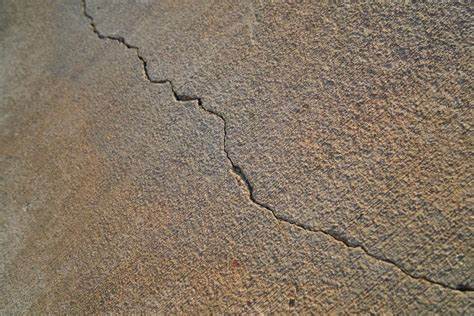How To Cure Cracks And Fractures In Concrete Floors In Del Mar?
Concrete is a durable and versatile building material, widely used in various construction projects. However, over time, concrete floors can develop cracks and fractures due to various factors such as settling, temperature changes, moisture, and heavy loads. These cracks not only affect the aesthetics of your space but also pose safety risks. Fortunately, there are several effective methods to cure cracks and fractures in concrete floors. In this article, we’ll explore five tips to help you restore the integrity and appearance of your concrete flooring.
- Before you begin repairing concrete cracks and fractures, it’s crucial to identify the underlying cause. Different types of cracks may result from different factors. For instance, shrinkage cracks occur during the curing process as the concrete dries and shrinks, while settlement cracks are a result of the ground beneath the concrete shifting or settling. Identifying the root cause will help you choose the most appropriate repair method and prevent future issues.
- Once you’ve identified the type of crack, the next step is to fill and seal it. Small cracks and fractures can be easily repaired using concrete crack sealers or epoxy fillers. Clean the crack thoroughly, removing any debris or loose concrete, and then apply the filler or sealer according to the manufacturer’s instructions. Make sure to wear protective gear, including gloves and safety glasses, when working with these materials. After the filler has dried, the crack will be sealed, preventing further moisture infiltration and potential expansion of the crack.
- For larger cracks or fractures that cannot be adequately repaired with fillers or sealers, resurfacing the entire floor may be necessary. This involves applying a thin layer of fresh concrete over the existing floor to create a smooth and uniform surface. Resurfacing not only covers up the imperfections but also provides added strength and durability to the floor. It’s essential to properly prepare the existing concrete surface by cleaning and etching it before applying the new layer. Consult with a professional if you’re unsure about the resurfacing process.
- Preventing cracks and fractures in your concrete floor is just as important as repairing them. Regular maintenance can help extend the lifespan of your flooring. Here are some maintenance tips: a. Keep the floor clean and free of debris that can scratch or damage the surface. b. Apply a concrete sealer every few years to protect against moisture and stains. c. Avoid heavy impacts or excessive weight in concentrated areas of the floor. d. Address any issues with the underlying foundation or support structures promptly to prevent settlement cracks.
- While DIY repair methods can be effective for minor cracks, it’s advisable to consult a professional for more extensive damage or if you’re unsure about the repair process. Professional concrete contractors have the experience and equipment to assess the severity of the cracks and recommend appropriate repair solutions. They can also ensure that the repaired areas blend seamlessly with the existing flooring, maintaining the aesthetic appeal of your space.
FAQs
Can I Repair Concrete Cracks Myself, Or Do I Need To Hire A Professional?
Small cracks can often be repaired by homeowners using concrete crack sealers or epoxy fillers. However, for more extensive damage or if you’re unsure about the repair process, it’s advisable to consult a professional concrete contractor.
How Can I Prevent Future Cracks In My Concrete Floor?
Preventative maintenance is key to avoiding future cracks. Keep the floor clean, apply a concrete sealer every few years, and address any underlying foundation or support issues promptly.
Are Cracks In Concrete Floors A Sign Of Structural Problems?
Not necessarily. While some cracks may be indicative of underlying structural issues, many are simply cosmetic or the result of minor settling. It’s essential to have a professional assess the cracks to determine their cause and severity.
Conclusion
Cracks and fractures in concrete floors can be unsightly and potentially hazardous if left untreated. By following these five tips, you can effectively cure and prevent concrete floor damage, ensuring the longevity and safety of your space. Whether it’s a small crack that needs sealing or a more extensive repair job, addressing concrete floor issues promptly will save you time and money in the long run. For more information, contact Concrete Contractor Del Mar at (858) 314-3534.
